If you’ve ever found yourself scrolling through Pinterest or Etsy, you’ve probably seen the incredible variety of printables out there.
From planners and worksheets to art prints and educational resources, printables are a fantastic way to tap into your creativity and generate some passive income.
But here’s the kicker: while printables can make money as a digital product, not all of them are created equal. You’ll find it easier to find success if you offer something unique or immensely useful.
So, let’s talk about it. We’re going to explore the world of how to make and sell printables and how they can become a lucrative addition to your digital product arsenal.
We’ll discuss why it’s essential to focus on originality and utility, and how you can carve out your own niche in this bustling market. Whether you’re a seasoned online entrepreneur or just dipping your toes into the digital waters, there’s something here for you.
So, grab a cup of your favorite beverage, and let’s dive into the creative, fun, and profitable world of printables!

What Even Are Printables??
Printables are digital files that you can download and print at home or at a professional printing service.
They come in a wide range of formats and uses, making them a versatile and popular choice for both creators and consumers.
Here are some common types of printables:
1. Planners and Organizers
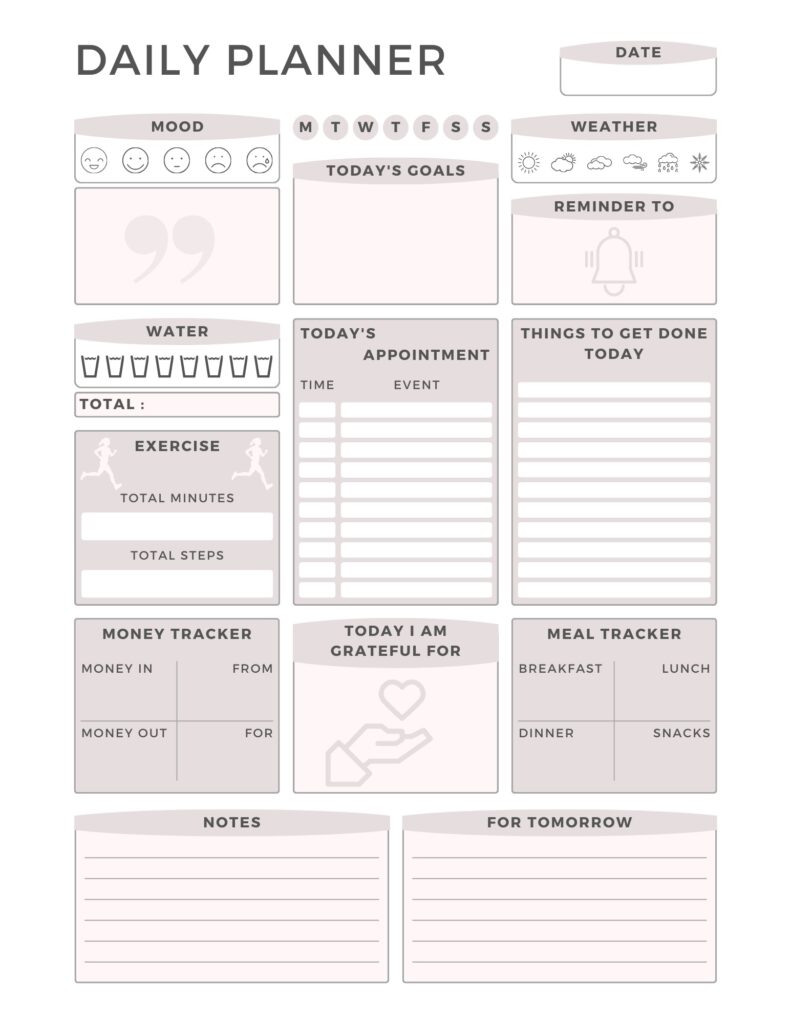
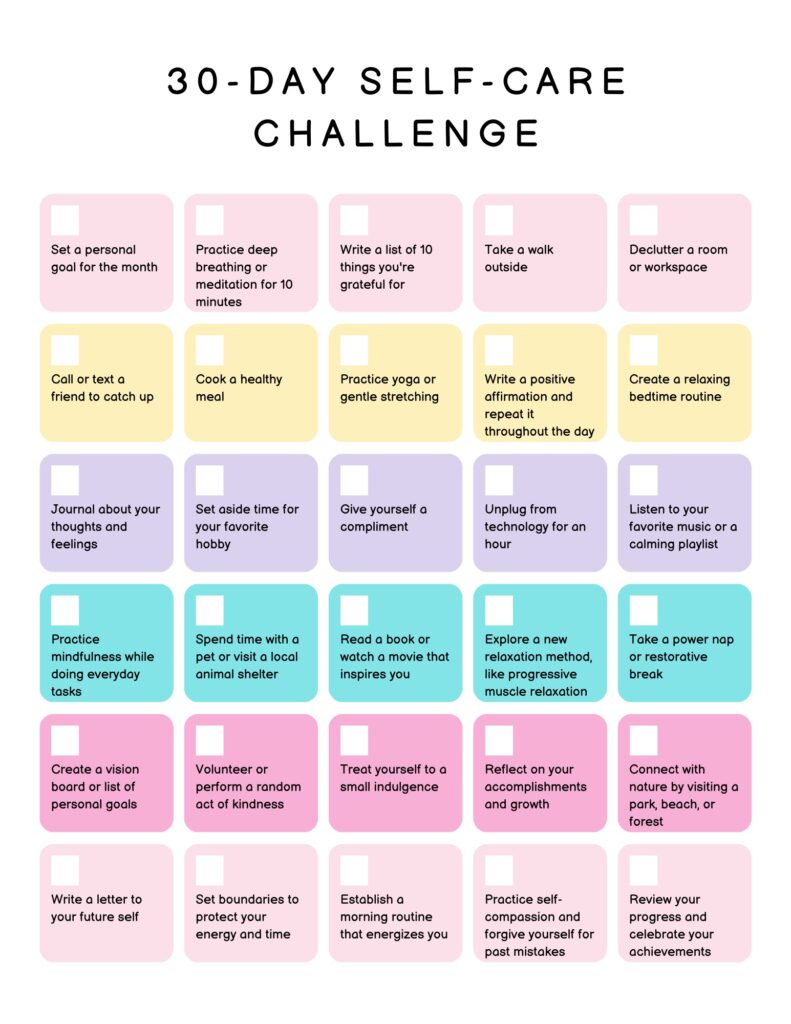
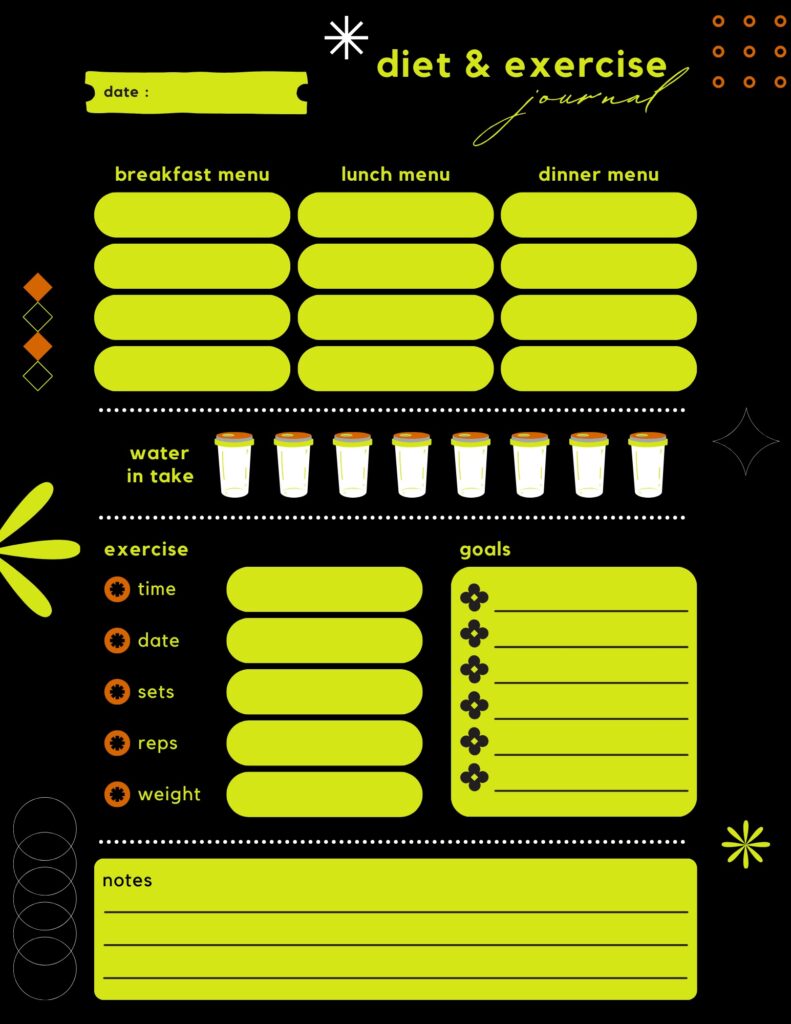
From daily planners to monthly calendars, printables can help people stay organized and productive. These are especially popular among those who love to plan and keep their life structured.
For instance, you can find templates for fitness planners, meal planners, budget planners, and even holiday-specific planners like a Christmas dinner planner.
Websites like Canva and My Cozy Planner offer a variety of free and customizable planner templates.
2. Art Prints
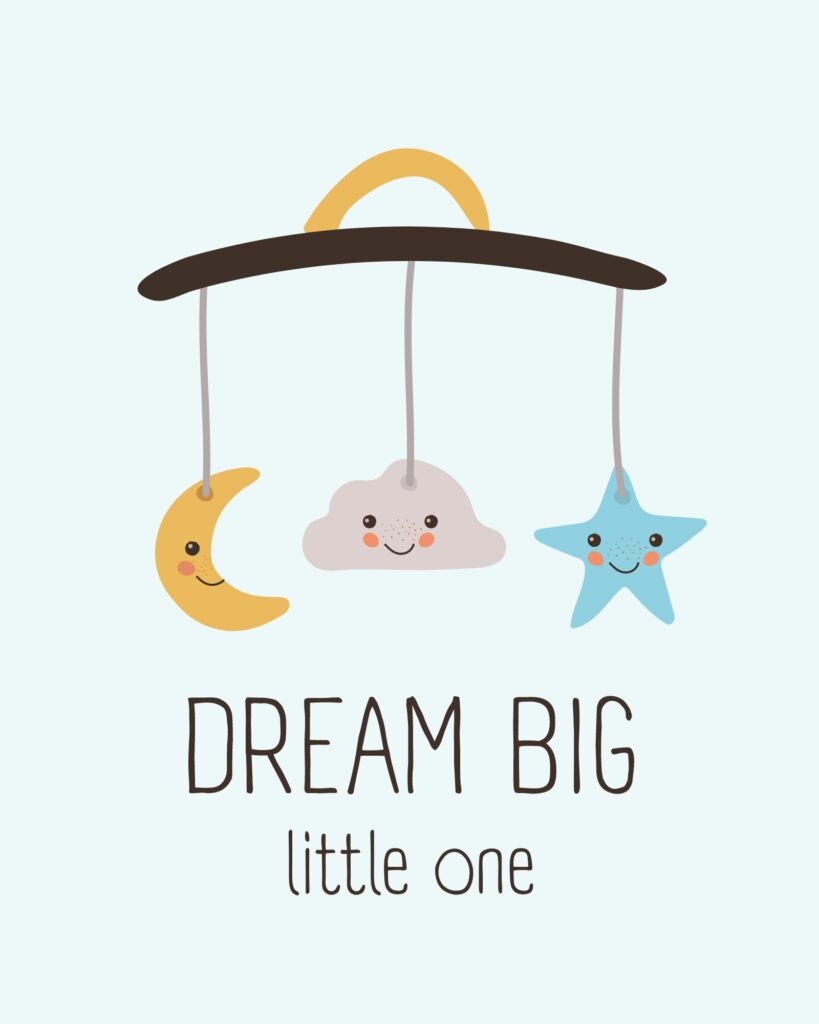


Printable art is a cost-effective way to decorate homes and offices.
Artists create beautiful designs that customers can print and frame themselves, allowing for endless customization and personalization. For example, printable wall art featuring motivational quotes, abstract designs, or seasonal themes are popular choices.
You can find lots of options on platforms like Etsy or specialized printable art websites.
3. Educational Resources
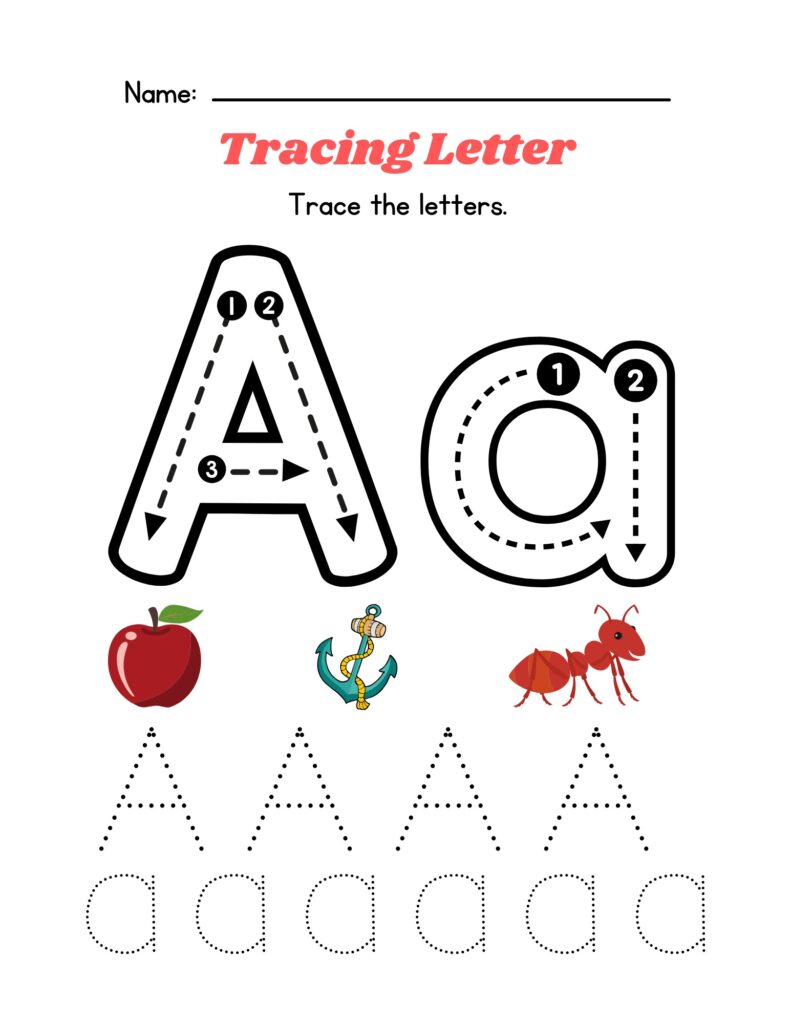
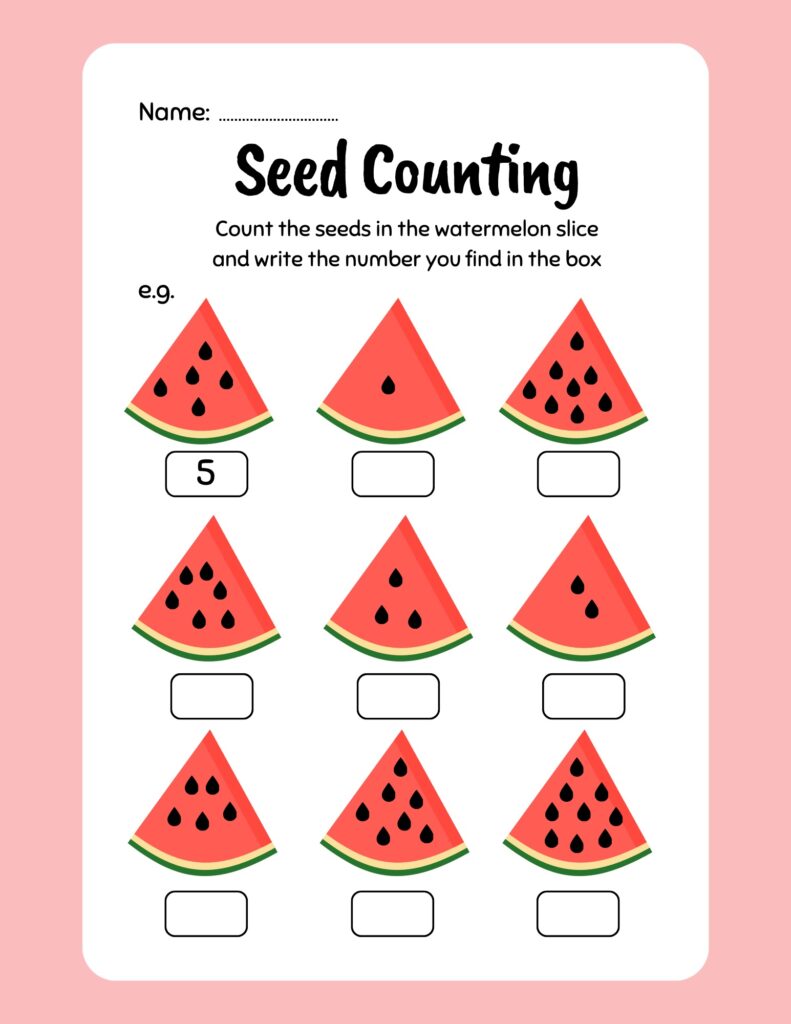
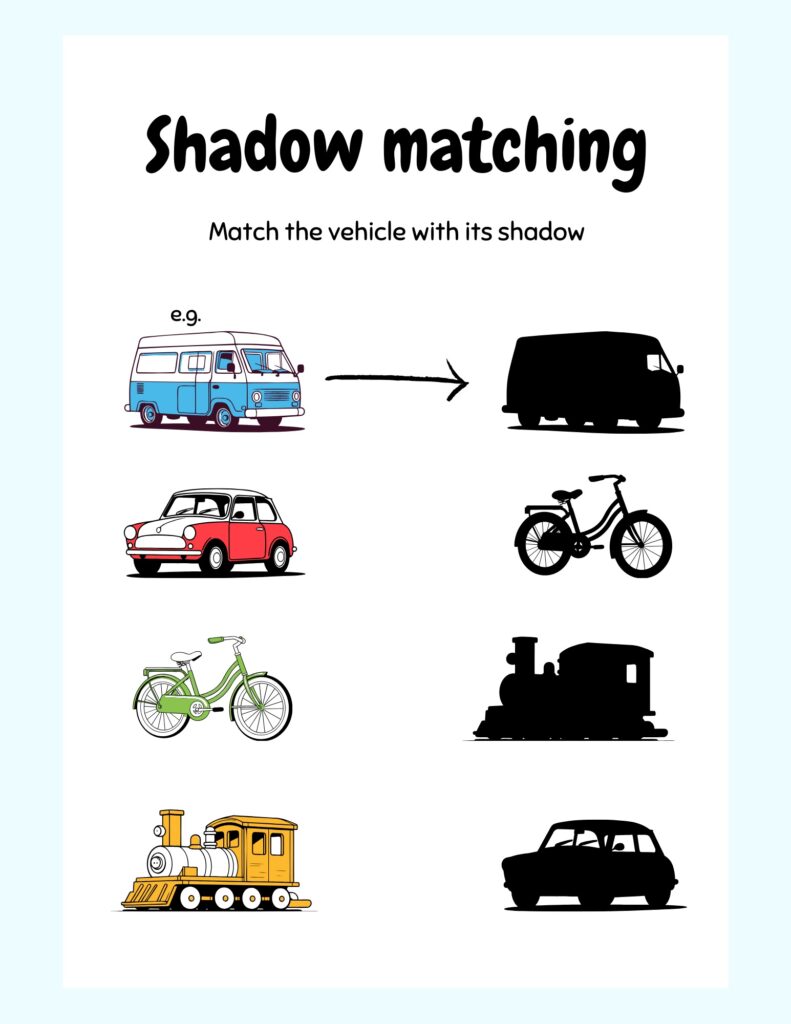
Teachers and parents often use educational printables like worksheets, flashcards, and activity sheets to support learning at home or in the classroom.
These resources are invaluable for making learning fun and interactive. For example, educational printables can range from alphabet tracing sheets for young children to complex math problem sets for older students.
Websites like Teachers Pay Teachers are great places to find and sell educational printables.
4. Party Decorations
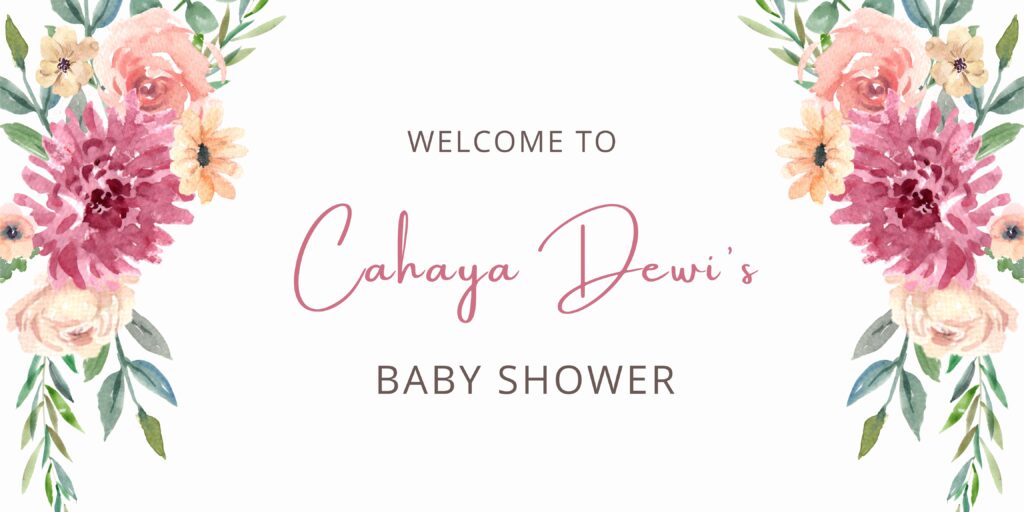

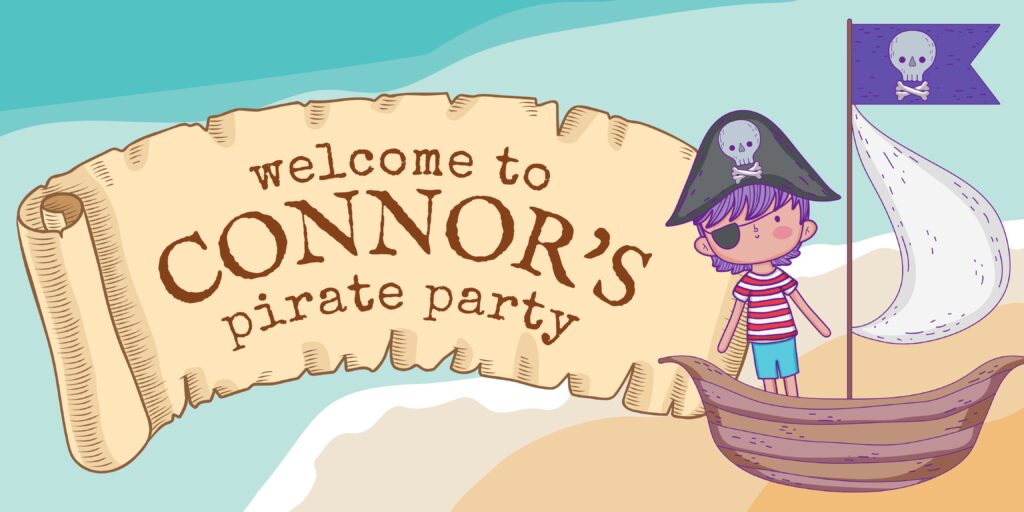
Printables can include everything from banners and cupcake toppers to invitation cards and party games. They are perfect for DIY party planning and add a personal touch to any celebration.
For example, you might find printable birthday banners, themed party kits, or even printable photo booth props. Check out party planning websites or Etsy for inspiration.
5. Stickers

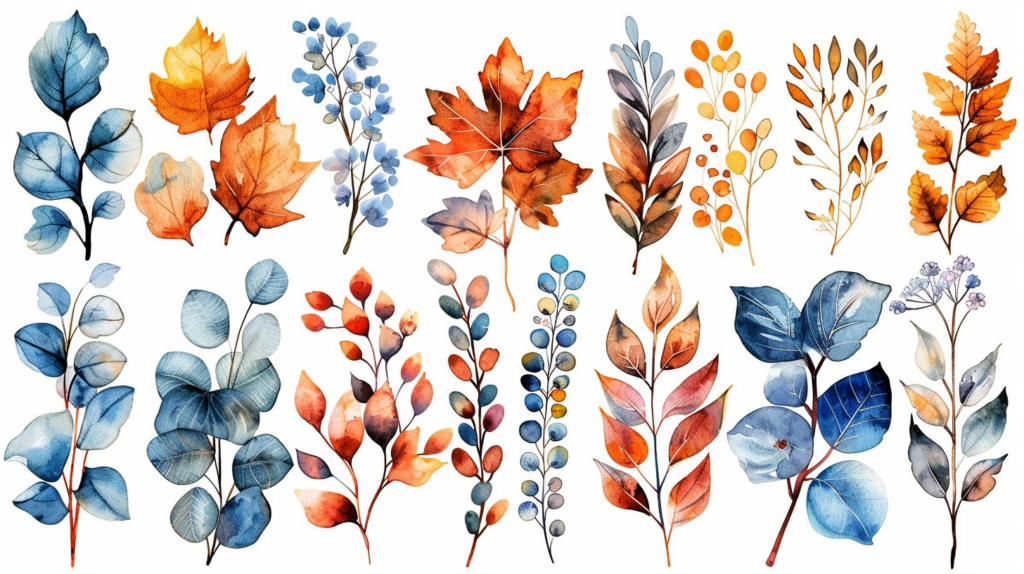
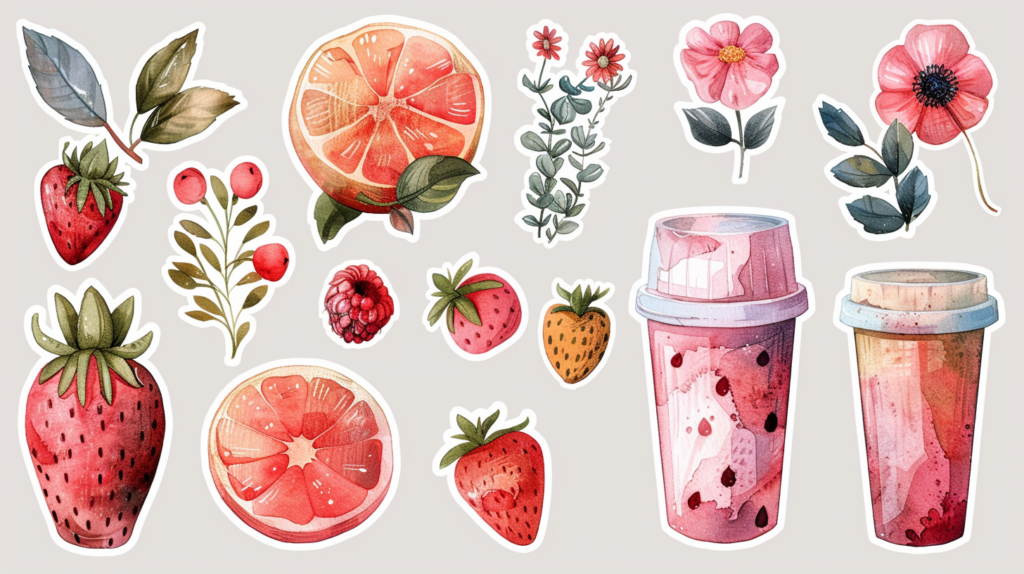

Ah, stickers—those little pieces of sticky joy!
Stickers are incredibly popular and can be both printable and digital. Printable stickers are perfect for decorating planners, laptops, water bottles, and more. You can print them on sticker paper at home or use a professional printing service for a polished look.
Digital stickers, on the other hand, are used in digital planners and apps, offering a no-mess, reusable option for the tech-savvy crowd.
I love to use MidJourney to create my own completely unique digital stickers like the ones above.
You could print those out, OR you could use them as digital stickers for scrapbooking or digital planners.
I use Midjourney, the AI image generator to create them. If you want to learn more about how to make them, check out this video.
If Midjourney looks like something you would love to learn to use, we’ve got a guide to Midjourney for creators that will have you whipping out completely unique images in no time.
6. Journals and Notebooks
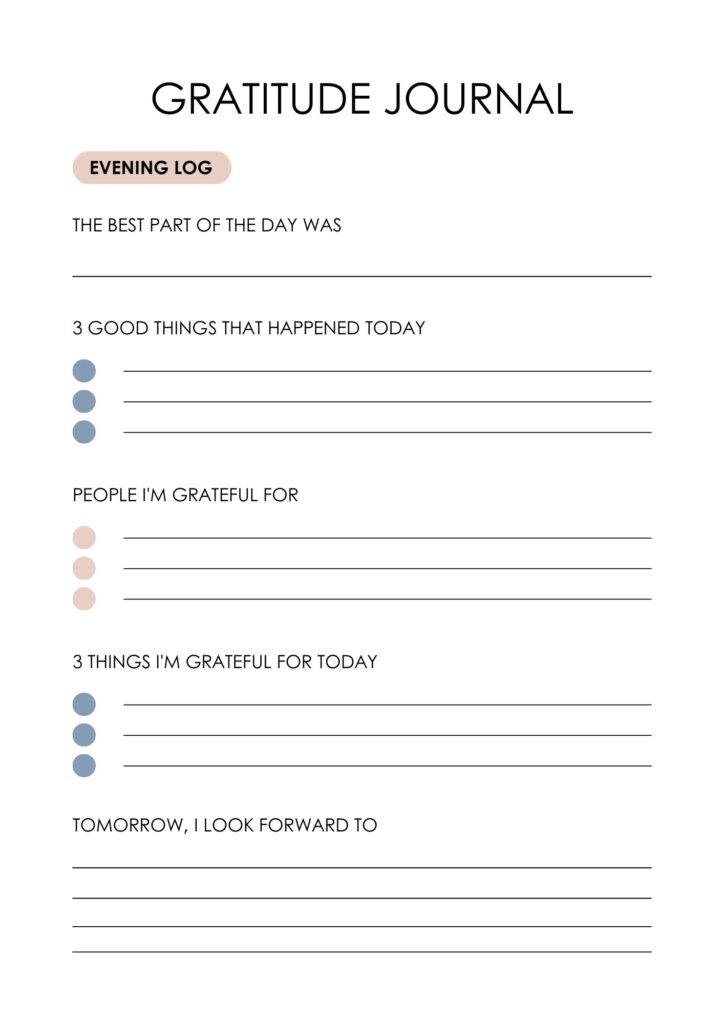
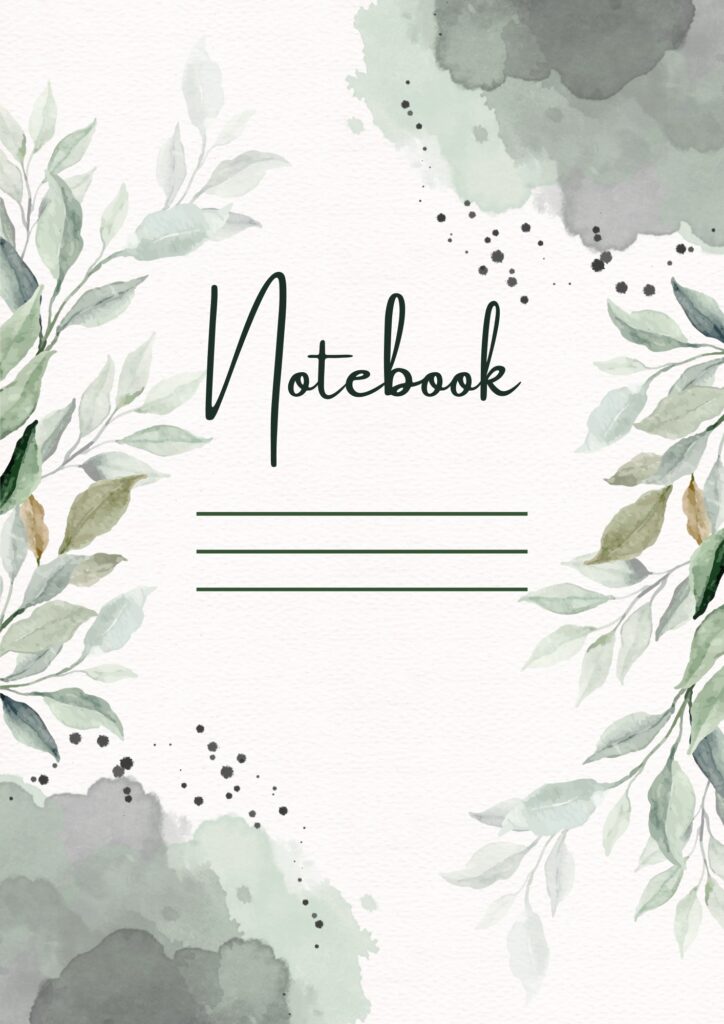
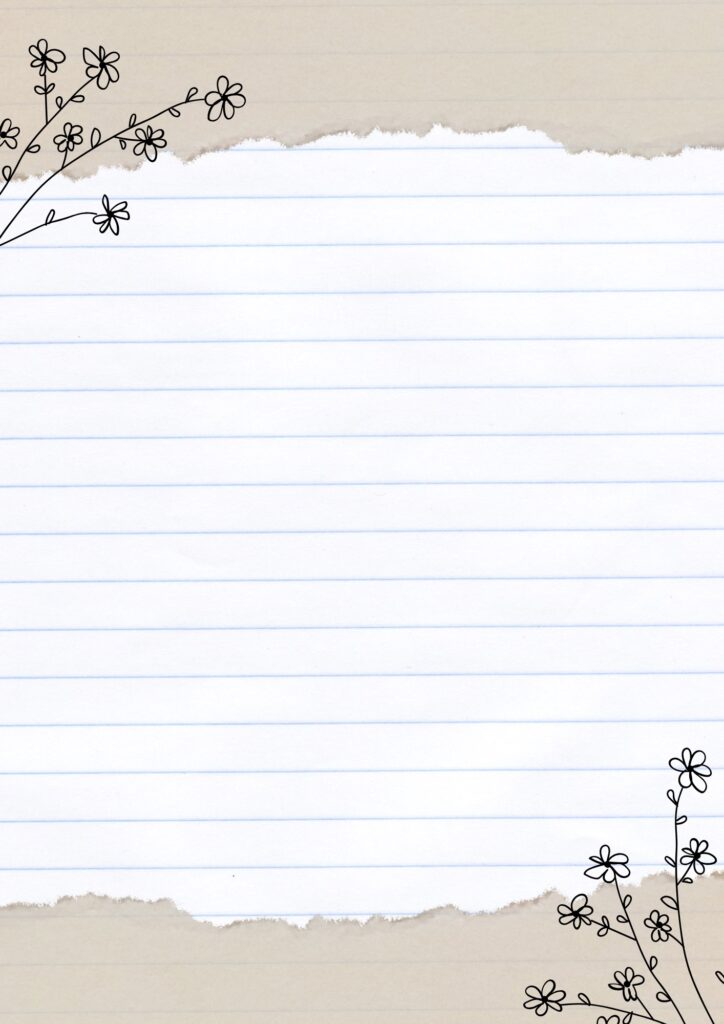
Printable journals and notebooks can be customized to fit different themes and purposes, whether it’s for travel, gratitude, or daily reflections. They offer a personalized touch to the journaling experience.
For example, you can create a gratitude journal, a travel diary, or a daily reflection notebook. These can be found on various creative marketplaces and printable websites.
7. Templates and Checklists
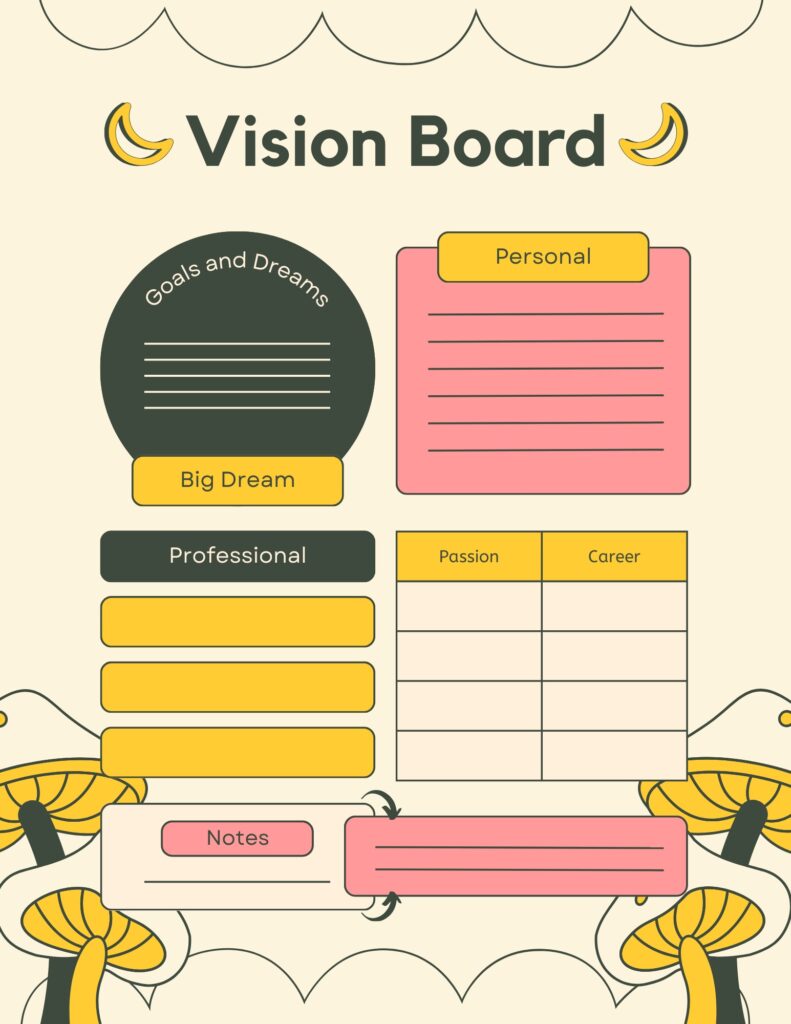
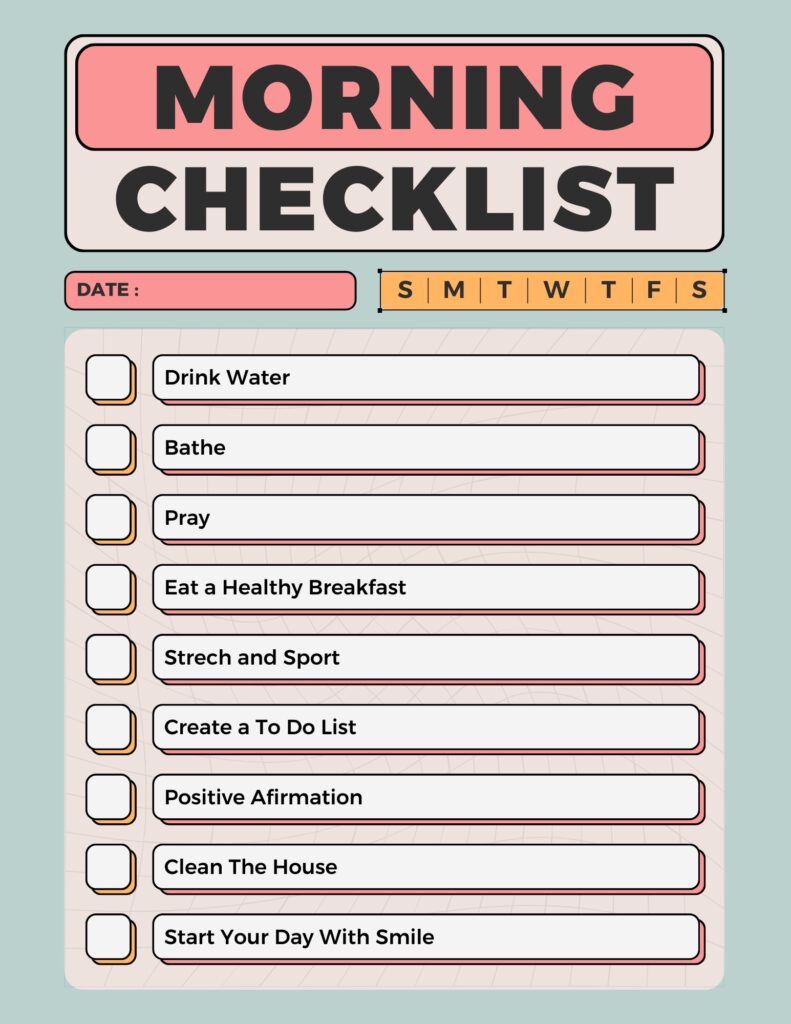

Templates for budgeting, meal planning, goal setting, and more are common printables. Checklists for tasks, packing, or cleaning can also be very useful and are frequently sought after.
For instance, you can find budget trackers, goal-setting worksheets, and cleaning checklists. Websites like OnPlanners offer extensive collections of these templates for inspiration.
What Type Of Printable Should You Make?
What you’re really wondering if you’re asking yourself this question is what is my niche?
And what you’re really wondering about when you wonder about niche is what topic should I pick out of all of the things that I’m interested in that people will actually spend money on printables for?
Because that’s the key if you’re thinking about how to make and sell printables.
You have to make something that people are willing to spend money on. Otherwise, you’re done before you started.
We created a free course, the AI Business Accelerator that helps you figure out if the topic you’re interested in will actually be profitable. It takes a less than a couple of hours to go through and you can go through it as many times as you like with as many topics as you like til you find the one that is just right for you.
How to Make and Sell Printables
Here’s the good news:
- there are tons of different tools and elements out there that you can use to create your printables (FOR FREEEEEE) – YOU DO NOT NEED TO PURCHASE ANYTHING!
- You also don’t need to be a graphic designer to do this!
I’ll be sharing a lot of free tools that you can use to get started, and I’ll also be sharing some paid tools, but don’t feel like you HAVE to pay for anything to start making money (you don’t).
So let’s go!
Finding Unique and Useful Printable Ideas
Creating printables that stand out in the crowded marketplace requires a blend of creativity, research, and understanding your target audience. Here’s a guide to help you find and develop unique and useful printable ideas:
1. Research What Is Already Out There
Start by exploring existing marketplaces like Etsy, Pinterest, and Teachers Pay Teachers. Look at the types of printables that are currently popular and read customer reviews to identify any gaps or unmet needs.
For example, if you notice a lot of demand for fitness planners but few options for niche fitness goals like yoga or strength training, you could create a specialized fitness planner to fill that gap.
2. Solve a Problem
Think about the problems or challenges your audience faces and create printables that offer solutions.
For instance, if you’re targeting busy parents, consider creating meal planning templates, chore charts, or homework schedules. These printables should be designed to make their lives easier and more organized.
3. Seasonal and Holiday Themes
Seasonal and holiday-themed printables are always in demand. Create unique designs for holidays like Christmas, Halloween, Thanksgiving, or even lesser-known holidays.
Seasonal themes can include back-to-school planners, summer activity sheets for kids, or spring cleaning checklists. These can provide recurring sales opportunities as the seasons and holidays roll around each year.
4. Personalization
Offering personalized printables can set your products apart.
Allow customers to add their names, favorite colors, or specific details to the templates. Personalized items, such as custom name art prints or personalized wedding invitations, are more appealing because they offer a unique touch.
5. Bundling Products
Create bundles that offer more value to your customers.
For example, instead of selling individual planner pages, offer a complete planner kit that includes monthly calendars, weekly planners, habit trackers, and meal planners. Bundles can make your offerings more attractive and provide a better deal for your customers.
6. Niche Markets
Cater to specific niches that have passionate communities. This could include printables for specific hobbies (like gardening journals, knitting project planners), professions (teacher planners, real estate client trackers), or lifestyles (minimalist planners, vegan meal plans).
Niche markets often have dedicated audiences who are willing to pay for products that cater specifically to their interests.
7. Trends and Inspiration
Stay updated with current trends by following popular blogs, social media influencers, and industry news. Websites like Pinterest are great for discovering what’s trending in the printable world.
For example, if you notice a rising trend in mindfulness and wellness, consider creating printable journals for meditation, gratitude, or daily affirmations.
8. Customer Feedback
Engage with your audience through social media, email newsletters, or community forums to gather feedback on what they want and need. Conduct surveys or polls to ask directly what types of printables they would find most useful.
This direct feedback can provide invaluable insights and ideas for new products.
Examples and Resources
- Pinterest: Search for popular printable themes and look at pins that have high engagement. This can give you an idea of what’s currently in demand.
- Etsy: Browse through the best-selling printables in different categories to see what customers are buying. Pay attention to product descriptions and reviews to understand what makes these products successful.
- Teachers Pay Teachers: Explore educational printables and read reviews to see what teachers and parents find most useful.
- Social Media Groups: Join Facebook groups or forums related to your niche. These communities often discuss their needs and preferences, providing a wealth of ideas.
By combining these strategies, you can create unique and useful printables that stand out in the marketplace and meet the needs of your target audience. Remember, the key to success is to continually innovate and adapt based on market trends and customer feedback.
Start Designing
Create a Rough Draft
Once you’ve got your idea (or ideas!), it’s time to jump in and start creating. It doesn’t need to be perfect, just get your idea down and get the general elements and layout down.
Once you know what printable you’re going to make, try and create a rough draft of it. You can either sketch it out (pen and paper, baby!), or you can use a free tool like Canva (image editing software) or even something like Google Docs or Google Sheets (both of these are free!).
Now that you have your rough draft figured out, it’s time to start actually making your printable.
Pick a Tool
Here are some free tools you can use to begin making your printable: MS Word, MS Excel, MS Powerpoint, Google Docs, Google Sheets, Canva (there is a paid version of Canva, but the free version is just fine).
If you’re willing to invest a little bit of money, you can use some of these low cost tools to create your printable: CanvaPro, PicMonkey or Stencil.
Want to go all out?.. I think this is a little overkill for beginners but you can use Adobe Illustrator.
Gather Elements
Now that you’re in the creation stage, you may want to gather some elements to help your printable creation easier, you’ll want to find some colors, pick a font or two, and maybe get some design elements to spruce up your design.
Colors: To find some colors that would look good together, you can use a website like ColourLovers or Coolors. You can use both of these websites to find specific colors, create a color palette, and find different shades of a certain color.
Fonts: You can use Google Fonts or FontJoy to find font pairings for your printable. FontJoy has mostly Google Fonts, which means you can download them for free! If you want a more unique look, you can purchase a font from a place like The Hungry JPEG.
Design Elements: The Hungry JPEG has icons, vectors, images, and other elements that you can add to your design. Creative Market also has elements that you can purchase.
Stock Photos: If you want to use some photos (as a background perhaps?), you can find some free ones online – just make sure the photos have a commercial use license.
AI Elements: If you are looking for something truly unique, you might want to try an AI image generator like Midjourney. It’s not free, but it is worth every penny if it’s in your budget.
You can learn more about Midjourney in this post about Midjourney for Blogging.
Create Your Printable
Now that you have your elements and layout figured out, you can REALLY start designing now. To make this process easy, start with a size of 8.5×11 inches (the size of a normal piece of paper).
When you get more comfortable with the design process, you can branch out into other sizes.
Once your printable is finalized, save your printable (I recommend saving as a PDF, which will make it easier to print [and sell!])
After you have saved your printable, try to actually print it out for yourself.
How does it look? Too plain? Maybe TOO MUCH color (don’t waste all that ink!), or maybe it’s just right?
Make any necessary changes to your original printable file, and save and print again. Keep repeating this process until you’re totally happy with it.
Save the final printable in a special folder, and make sure you give it a descriptive name (like FitnessPlanner.pdf)
Printable Creating Resources
If you’re looking for design help, check out these two YouTube videos I’ve used to help me learn the process of creating printables (they both use Canva).
Now it’s time to set up shop and get your printable out there!
Sell Your Printable Online
One of the first things you need to decide is if you want to sell printables on your own website / platform or use another website.
There are pros and cons to each.
When you sell things on your own platform you don’t have to “compete” with other sellers, you also have more control over the look of your sales page and shop, and usually, there are fewer fees involved (since you won’t have to pay a per item fee).
When you sell on a platform like Etsy, when you’re just starting out it can be helpful since you have the ability to be found organically (through their search, instead of having to grow your own platform). Also a lot of people “know” Etsy, so they have built-in trust.
Just food for thought. 😁
Where to Sell Your Printables
Here are some of the options you have for selling your printable:
- Your own website (can use SendOwl, GumRoad, or other services to help with payment and delivery) SendOwl has a free trial and a small free plan (gotta hunt it down), and I think this a great option for beginners who want to do this for free.
- Shopify (you can sometimes host a Shopify store on your own domain / subdomain).
- Etsy! This is a great one to start out with, they do have some fees, but it’s usually low-cost (especially if you’re only selling a few printables to begin with).
Printable Selling Resources
- If selling on Shopify interests you, check out this article.
- If you’re into the idea of starting on Etsy, check out this article.
Marketing Your Printables
Once you have your printables up ready to be sold, you’re going to have to actually do a little bit of marketing (sorry!).
If you have a blog you can start using that, tell your email subscribers about your printables, maybe write a post or two where you can talk about your printables can help make your readers life better.
You can also promote your printables on social media (just like a blog post)! You can create pins that lead to the sales page, share a link on Twitter, maybe share some behind the scenes pictures or videos on Instagram, you can also post a link on Facebook.
Creating and selling printables is an excellent way to tap into your creativity while generating passive income. By focusing on unique and useful designs, you can stand out in the marketplace and attract a loyal customer base. Whether you’re crafting planners, art prints, educational resources, or stickers, the key is to identify the needs of your target audience and provide them with high-quality, valuable products.
Remember, the process involves brainstorming and planning, designing with the right tools, and effectively marketing your creations. By following the steps outlined in this guide, you’ll be well on your way to success in the printable business.
So, what are you waiting for? Dive into the world of printables, unleash your creativity, and start building a profitable side hustle that brings joy to both you and your customers. Happy designing!
